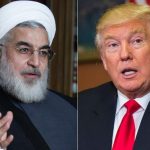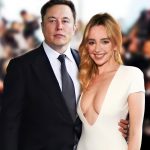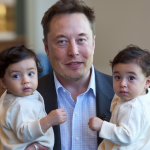A Tumultuous Week and a Disastrous Parade: Trump’s Attempt to Display Military Might and the Rise of NoKings
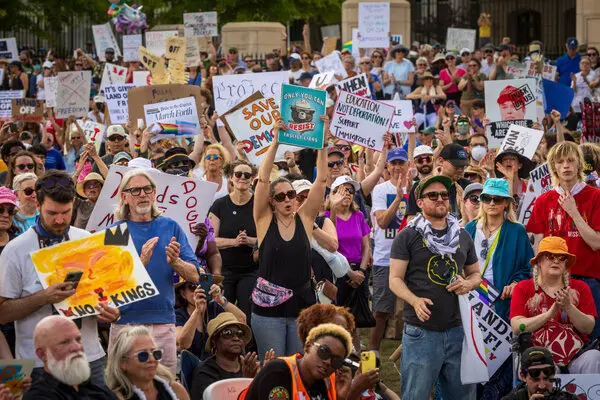
A Tumultuous Week and a Disastrous Parade: Trump’s Attempt to Display Military Might and the Rise of #NoKings
The past week in American politics has been nothing short of chaotic, as a series of unprecedented events sent shockwaves throughout the nation. At the center of this storm was a Trump-led parade in Washington, D.C., intended to showcase military power and solidify the president’s image as a strong, commanding leader. But what transpired can only be described as a spectacular failure—a parade marred by poor planning, a lack of enthusiasm, and overwhelming discontent among the American public.
The purpose of the parade was clear: Trump sought to make a bold statement. The goal was to honor the United States Army on its 250th anniversary, to send a message of American strength, and to show the world the might of the country’s military apparatus. But from the very beginning, the event was off to a rocky start. Due to concerns about incoming weather, the parade’s start time was pushed forward by a half hour. But even that slight adjustment couldn’t save what was about to unfold.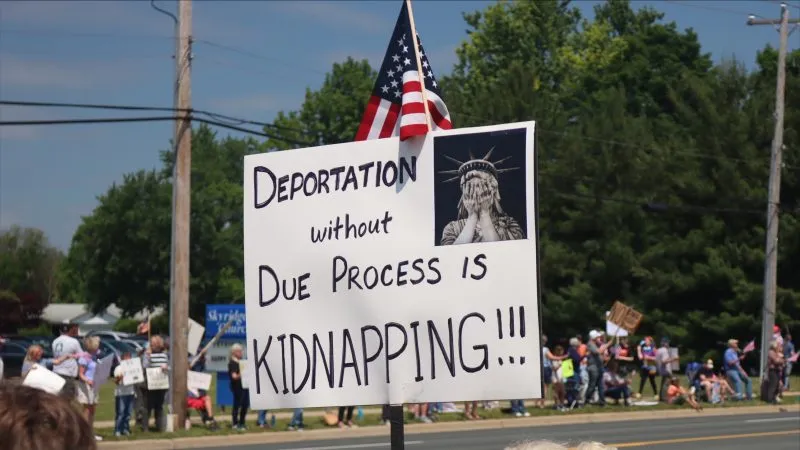
As the parade kicked off, it quickly became evident that the crowd was far smaller than anticipated. Estimates indicated that only around 200,000 people attended, a fraction of the numbers the event planners had hoped for. And even those who did show up were far from enthusiastic. The energy in the air was flat, the enthusiasm lacking. People stood in the heat, some damp from the incoming rain, others just waiting for the event to end. The spirits of the attendees seemed as heavy and uninviting as the humid air that settled over the city as the parade marched on.
The irony of the situation was not lost on anyone. The Army’s speaker system blared the iconic song Fortunate Son, a powerful anthem by Creedence Clearwater Revival. The song, often associated with the anti-Vietnam War movement, takes aim at the privileged class—those who avoided the draft and the hardships of war by using their wealth and status. As it blared through the speakers, it felt like a reminder of the deep contradictions in Trump’s show of military might. The same man who dodged military service during the Vietnam War was now trying to use the military to bolster his image, further drawing attention to the disparity between the haves and the have-nots in the country. It was a stark juxtaposition of the idea of military service and the reality of elite privilege.
While the parade’s failure was glaring, it was not the only event that captured national attention. Across the country, a much larger movement was taking shape. As Trump’s parade tried—and failed—to make a statement in D.C., millions of Americans were coming together in the streets to voice their opposition to the president’s leadership and his policies. The No Kings protests, which took place in cities nationwide, became the focal point of the growing resistance against Trump’s administration. These protests were not just an expression of discontent; they were a unified stand against what many saw as a corrupt, oligarchic system that benefited the rich while leaving the working class to fend for themselves.
Over 8 million people participated in the No Kings protest, making it the largest anti-Trump demonstration in U.S. history. The movement’s name, No Kings, encapsulated its central message: the rejection of an authoritarian system that elevates one man—or a small group of elites—above the will of the people. The protests were organized and well-coordinated, with participants from all walks of life marching together to demand justice, equality, and democracy. The sheer scale of the protests sent a powerful message to Trump and his supporters: the people were not backing down.
While Trump’s parade displayed his obsession with military power, the No Kings protests revealed the power of the people. The protesters—young and old, working-class and affluent, people of all races and backgrounds—came together in a massive display of unity and purpose. They marched to send a message not just to Trump, but to the entire system of corporate greed and political corruption that had led the country to this point. And the message was loud and clear: We will not be ruled by the rich and powerful any longer.
The protests focused on a range of issues, but they all pointed to the same core problems. The ongoing fight for affordable healthcare, the need for fair wages, the call for an end to racial inequality, and the demand for a government that truly represents the people were all front and center. But beyond these specific issues was a deeper, more existential concern: the fight for democracy itself. Protesters were united not just in their opposition to Trump, but in their desire to see the political system restored to one that works for everyone, not just the elite few.
The No Kings movement gained momentum quickly, with social media playing a significant role in organizing and spreading the word. Hashtags like #NoKings and #NoKingInOurLand were shared by millions, sparking conversations on every platform. Protesters shared photos, videos, and stories of their experiences, and the media could not ignore the growing tide of opposition. Even in the face of Trump’s attempts to discredit and silence dissent, the people refused to be muted. In fact, the more Trump tried to discredit the protests, the more powerful they became. People saw through the lies and the attempts to divide them. They saw that the fight was bigger than one man—it was about reclaiming the values that this country was founded on: equality, justice, and freedom for all.
The contrast between the parade and the protests was stark. While Trump’s parade was a lavish display of military might, designed to shore up his image and intimidate his critics, the No Kings protests were a grassroots uprising, a call for change that came from the very people who had been ignored and disenfranchised for so long. The protesters didn’t need tanks or military equipment to make their point. All they needed was their voices and their presence in the streets. In the face of a government that had turned its back on the people, they stood united, refusing to let the forces of greed and corruption win.
Trump’s decision to deploy the Marines to Los Angeles the day before his parade added fuel to the fire. It was seen as another attempt to suppress dissent and maintain control through fear and intimidation. But it backfired. The presence of the military in Los Angeles was a symbol of everything the No Kings movement was fighting against: an unchecked government using force to maintain power, all while ignoring the real needs of the people.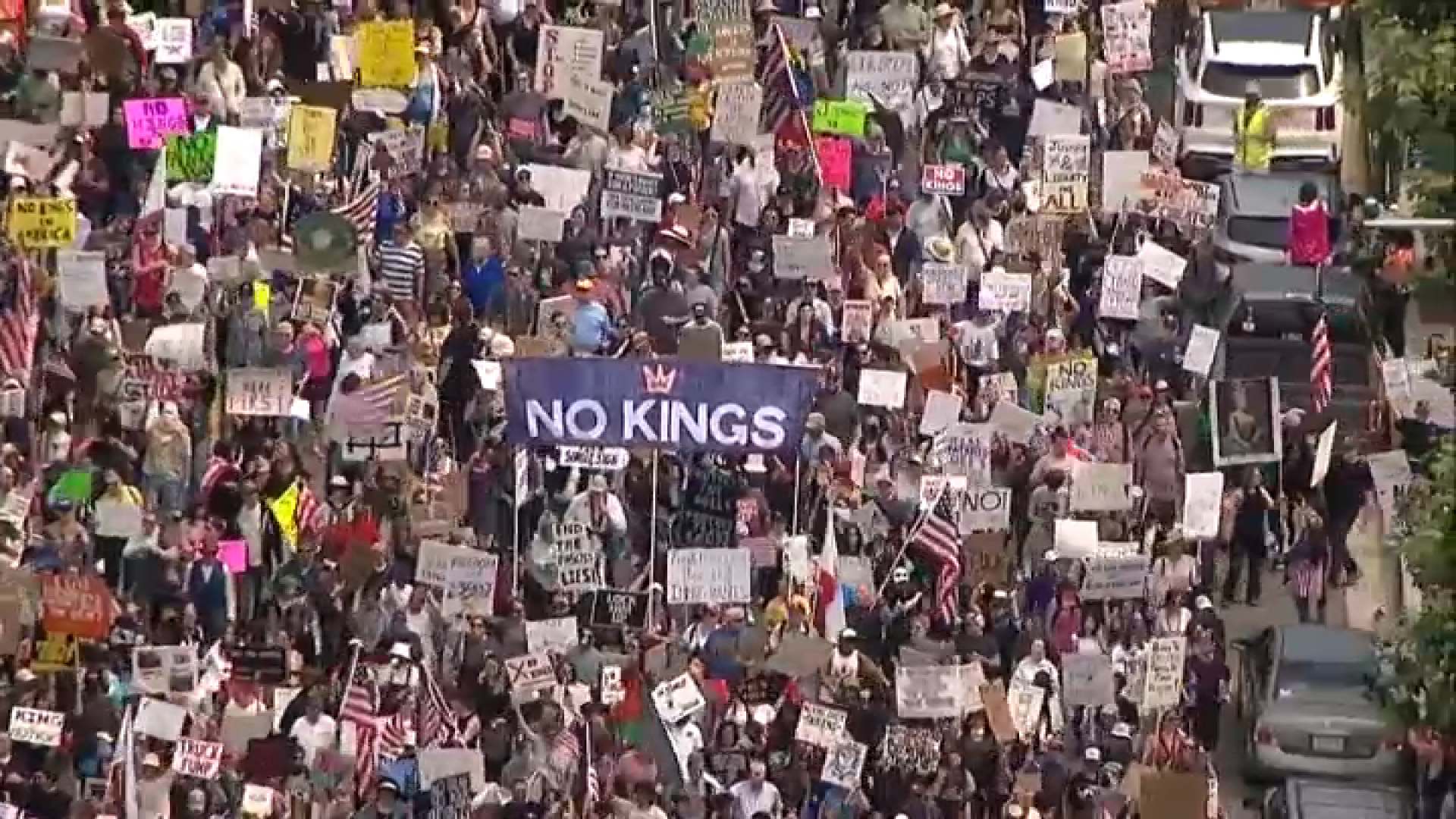
The protests only intensified as the week went on. The energy was palpable, and the crowds were not backing down. The No Kings movement had found its voice, and it was powerful. It was a voice for the voiceless, a voice for those who had been left behind by the system. And it was a voice that demanded change, no matter how difficult the fight.
Meanwhile, Trump’s approval ratings continued to plummet. The parade, the military deployment, the constant lies—all of it had backfired. His approval ratings were already underwater on key issues like inflation, the economy, and immigration, and now, even his once-solid base on military strength was starting to erode. The failure of his parade was symbolic of his broader failures as president. He had promised to be a strong leader, but his actions only demonstrated weakness and insecurity.
The No Kings protests, on the other hand, were a testament to the strength of the people. They showed that when the people come together, they have the power to fight back, to reclaim their government, and to demand the changes that are desperately needed. The protesters didn’t just want to end Trump’s presidency—they wanted to dismantle the system that had allowed him to rise to power in the first place. They wanted a government that worked for everyone, not just the billionaires and corporations that have been pulling the strings for far too long.
As the protests continued, it became clear that a turning point had been reached. The No Kings movement was no longer just a protest—it was the beginning of a larger movement to reclaim democracy and restore the values that had been lost. It was a movement that stood in stark contrast to Trump’s vision of America. It was a movement for the people, by the people, and it was only just beginning.
The irony of the week was undeniable. Trump had tried to use military force, lavish parades, and political maneuvering to maintain his grip on power, but the people had fought back with the only tools they had: their voices, their bodies, and their determination. And in the end, it was the people who had the last word.
In the days and weeks to come, the No Kings movement would only grow stronger. The protests would continue, and the message would spread: We will not be ruled by kings, oligarchs, or dictators. We are the people, and we are the power.
As the country faces an uncertain future, one thing is clear: the fight for democracy is far from over. But if the No Kings protests are any indication, the people are ready to rise up, to fight for what is right, and to reclaim their government from the forces that have sought to control it for too long. The revolution has begun. And this time, it is the people who will win.
